-
 Bitcoin
Bitcoin $116400
-0.36% -
 Ethereum
Ethereum $4033
3.40% -
 XRP
XRP $3.302
-1.26% -
 Tether USDt
Tether USDt $1.000
-0.02% -
 BNB
BNB $796.1
1.67% -
 Solana
Solana $177.8
1.89% -
 USDC
USDC $0.9999
0.00% -
 Dogecoin
Dogecoin $0.2314
4.09% -
 TRON
TRON $0.3381
0.14% -
 Cardano
Cardano $0.7989
1.22% -
 Stellar
Stellar $0.4496
-1.84% -
 Chainlink
Chainlink $20.42
9.42% -
 Hyperliquid
Hyperliquid $41.17
0.88% -
 Sui
Sui $3.914
3.77% -
 Bitcoin Cash
Bitcoin Cash $584.7
1.52% -
 Hedera
Hedera $0.2632
-0.54% -
 Avalanche
Avalanche $24.09
3.40% -
 Ethena USDe
Ethena USDe $1.001
-0.02% -
 Litecoin
Litecoin $123.2
1.33% -
 Toncoin
Toncoin $3.318
-0.04% -
 UNUS SED LEO
UNUS SED LEO $8.984
-0.05% -
 Shiba Inu
Shiba Inu $0.00001323
2.85% -
 Uniswap
Uniswap $10.90
4.41% -
 Polkadot
Polkadot $3.999
3.34% -
 Dai
Dai $1.000
0.01% -
 Cronos
Cronos $0.1630
9.64% -
 Bitget Token
Bitget Token $4.484
0.82% -
 Monero
Monero $272.4
2.44% -
 Pepe
Pepe $0.00001173
6.03% -
 Aave
Aave $290.8
2.88%
Does Bybit have low fees?
Bybit's competitive fees include maker-taker model, funding rates for perpetual contracts, and withdrawal fees; check the platform for the latest rates.
Mar 31, 2025 at 01:42 am
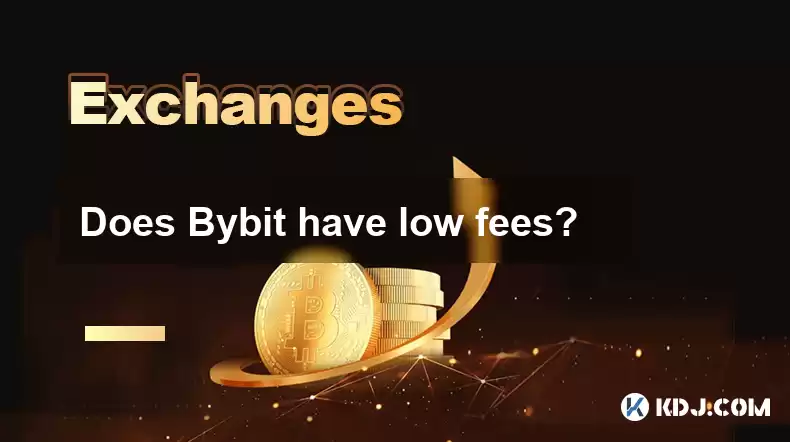
Does Bybit Have Low Fees?
Bybit is a popular cryptocurrency exchange known for its derivatives trading, but the question of its fee structure is crucial for traders looking to minimize costs. This article delves into the specifics of Bybit's fee schedule, examining its maker-taker fees, funding rates, and other potential charges. Understanding these fees is vital for maximizing profits on the platform.
Bybit's Fee Structure: A Detailed Breakdown
Bybit's fee structure is largely competitive within the cryptocurrency exchange landscape. However, the actual cost depends heavily on your trading volume and the specific products you utilize. The fees are dynamic and can fluctuate based on market conditions and Bybit's own internal adjustments. It's always advisable to check the latest fee schedule directly on the Bybit platform before engaging in any trades.
Maker-Taker Fees: The Core of Bybit's Pricing
The foundation of Bybit's fee structure lies in its maker-taker model. Maker fees are charged to users who add liquidity to the order book by placing limit orders that are subsequently filled. Taker fees are levied on users who remove liquidity by placing market orders that immediately execute against existing limit orders. Bybit typically offers rebates to makers, meaning they receive a negative fee (effectively earning a small amount) for providing liquidity. Taker fees are usually positive, representing a cost for immediate execution.
The exact maker and taker fees are not fixed and vary depending on your trading volume. Bybit employs a tiered system, offering progressively lower fees as your trading volume increases. High-volume traders can significantly reduce their overall trading costs through this tiered system. This incentivizes active participation and high trading volume on the platform.
Understanding Bybit's Funding Rates
For perpetual contracts, a crucial component of the cost is the funding rate. Funding rates are payments made between long and short traders to maintain the price of a perpetual contract close to the price of the underlying asset. These rates fluctuate based on the difference between the perpetual contract price and the spot price of the asset. High funding rates can significantly impact your profitability, especially for long-term positions. Understanding how funding rates work is critical for managing risk and optimizing your trading strategies on Bybit.
The funding rate is calculated and applied every eight hours. It can be positive or negative, meaning you either receive payment or pay a fee. The direction and magnitude of the funding rate depend on market sentiment and the supply and demand dynamics of the contract. This mechanism ensures the perpetual contract's price remains relatively aligned with the spot market.
Other Potential Fees on Bybit
Beyond maker-taker fees and funding rates, Bybit might have other fees depending on your activities. These can include withdrawal fees for transferring cryptocurrency off the platform. These fees vary depending on the specific cryptocurrency being withdrawn and are usually clearly outlined in Bybit's fee schedule. It's always a good idea to check these fees before initiating any withdrawals to avoid unexpected charges.
It's also important to be aware of any potential fees associated with using Bybit's other services, such as its options trading or leveraged tokens. These fees are typically detailed within the respective product descriptions on the platform. Always thoroughly review the fee structure for any specific product before engaging in trading.
Navigating Bybit's Fee Structure: Step-by-Step Guide
Here's a step-by-step guide to understanding and managing Bybit's fees:
- Check the Bybit website: Regularly review the official Bybit fee schedule for the most up-to-date information.
- Understand maker-taker fees: Familiarize yourself with the tiered system and how your trading volume impacts fees.
- Monitor funding rates: Pay close attention to funding rates, especially for long-term positions in perpetual contracts.
- Plan withdrawals carefully: Consider withdrawal fees when transferring cryptocurrencies off the platform.
- Review fees for all products: Before trading any specific product, understand its associated fees.
Frequently Asked Questions
Q: Are Bybit's fees lower than other exchanges?
A: Bybit's fees are competitive, but whether they are "lower" depends on the specific exchange you're comparing them to and your trading volume. Their tiered system benefits high-volume traders.
Q: How do I reduce my fees on Bybit?
A: Increasing your trading volume to reach higher tiers, acting as a maker rather than a taker, and carefully managing your positions to minimize funding rate exposure are key strategies.
Q: What are the withdrawal fees on Bybit?
A: Withdrawal fees vary by cryptocurrency and are specified on the Bybit website's fee schedule.
Q: Are there any hidden fees on Bybit?
A: Bybit is generally transparent about its fees. However, always thoroughly review the terms and conditions and fee schedules for all services you utilize to avoid any surprises.
Q: How often are Bybit's fees updated?
A: Bybit can update its fees at any time; therefore, it's crucial to check the official website regularly for the most current information.
Disclaimer:info@kdj.com
The information provided is not trading advice. kdj.com does not assume any responsibility for any investments made based on the information provided in this article. Cryptocurrencies are highly volatile and it is highly recommended that you invest with caution after thorough research!
If you believe that the content used on this website infringes your copyright, please contact us immediately (info@kdj.com) and we will delete it promptly.
- Maxi Doge Presale: The Meme Coin That's Pumping Iron and Prices!
- 2025-08-09 19:10:11
- Rare Coin Warning: Don't Get Fooled by That 1p Coin!
- 2025-08-09 18:50:12
- Cardano, Unilabs, and Tron Price: Decoding the Latest Crypto Buzz
- 2025-08-09 18:30:12
- Aerodrome Finance: Price Targets and the Bullish Channel - What's Next?
- 2025-08-09 18:50:12
- BlackRock and the Crypto ETF Landscape: No XRP (Yet!), But What's Next?
- 2025-08-09 19:10:11
- Rare Coin Frenzy: eBay Sees 2p Coin Listed for Over £2K!
- 2025-08-09 18:55:11
Related knowledge
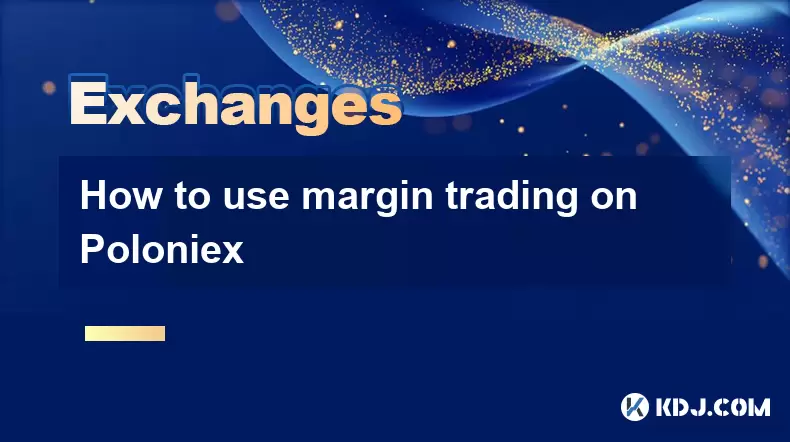
How to use margin trading on Poloniex
Aug 08,2025 at 09:50am
Understanding Margin Trading on Poloniex
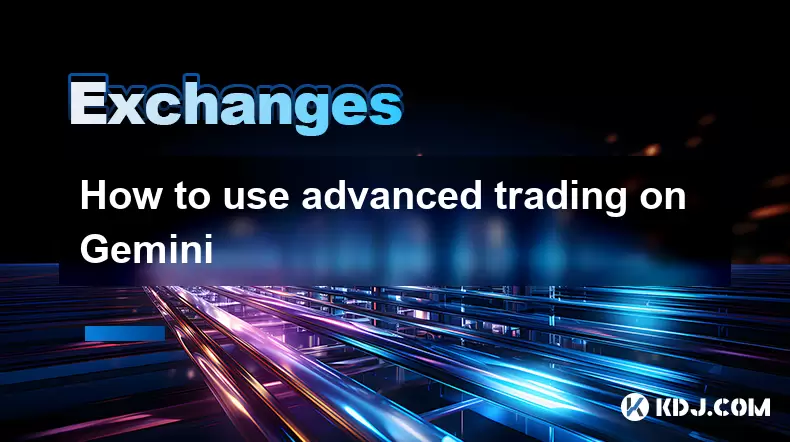
How to use advanced trading on Gemini
Aug 08,2025 at 04:07am
Understanding Advanced Trading on GeminiAdvanced trading on Gemini refers to a suite of tools and order types designed for experienced traders who wan...
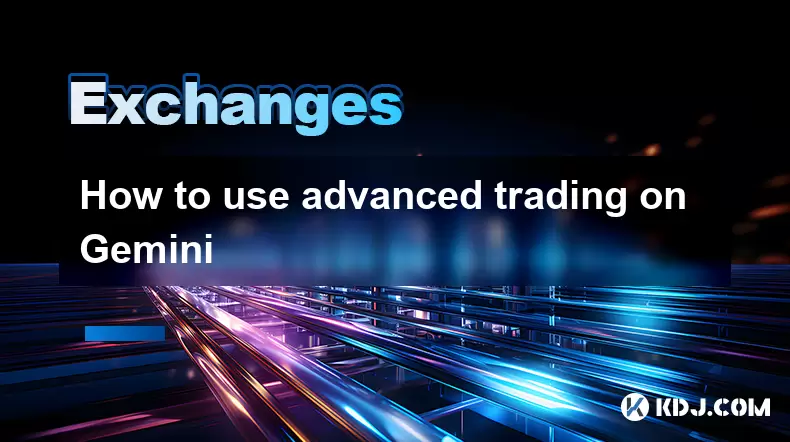
How to use advanced trading on Gemini
Aug 08,2025 at 10:56pm
Understanding Advanced Trading on GeminiAdvanced trading on Gemini refers to the suite of tools and order types available on the Gemini ActiveTrader p...
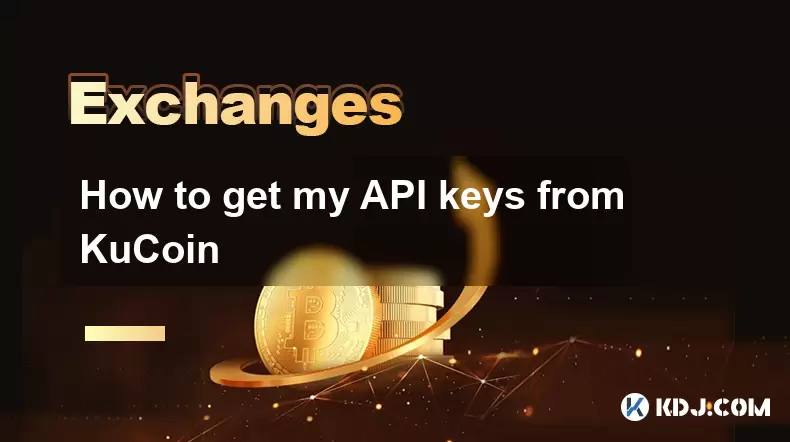
How to get my API keys from KuCoin
Aug 08,2025 at 06:50pm
Understanding API Keys on KuCoinAPI keys are essential tools for users who want to interact with KuCoin's trading platform programmatically. These key...
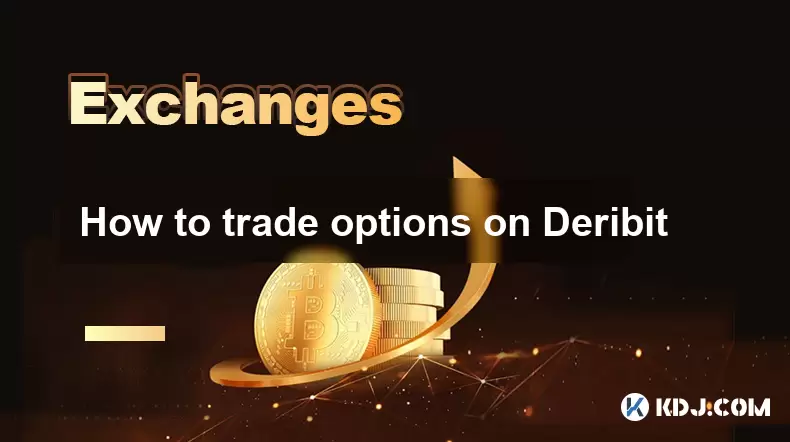
How to trade options on Deribit
Aug 09,2025 at 01:42am
Understanding Deribit and Its Options MarketDeribit is a leading cryptocurrency derivatives exchange that specializes in Bitcoin (BTC) and Ethereum (E...
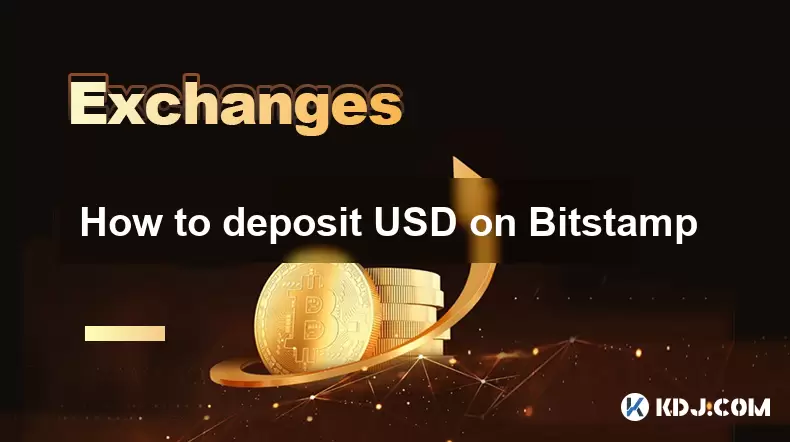
How to deposit USD on Bitstamp
Aug 07,2025 at 05:18pm
Understanding Bitstamp and USD DepositsBitstamp is one of the longest-standing cryptocurrency exchanges in the industry, offering users the ability to...

How to use margin trading on Poloniex
Aug 08,2025 at 09:50am
Understanding Margin Trading on Poloniex

How to use advanced trading on Gemini
Aug 08,2025 at 04:07am
Understanding Advanced Trading on GeminiAdvanced trading on Gemini refers to a suite of tools and order types designed for experienced traders who wan...

How to use advanced trading on Gemini
Aug 08,2025 at 10:56pm
Understanding Advanced Trading on GeminiAdvanced trading on Gemini refers to the suite of tools and order types available on the Gemini ActiveTrader p...

How to get my API keys from KuCoin
Aug 08,2025 at 06:50pm
Understanding API Keys on KuCoinAPI keys are essential tools for users who want to interact with KuCoin's trading platform programmatically. These key...

How to trade options on Deribit
Aug 09,2025 at 01:42am
Understanding Deribit and Its Options MarketDeribit is a leading cryptocurrency derivatives exchange that specializes in Bitcoin (BTC) and Ethereum (E...

How to deposit USD on Bitstamp
Aug 07,2025 at 05:18pm
Understanding Bitstamp and USD DepositsBitstamp is one of the longest-standing cryptocurrency exchanges in the industry, offering users the ability to...
See all articles

























































































